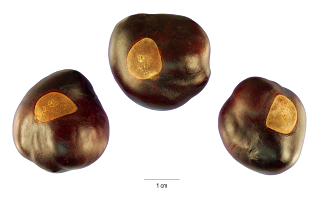Ready for a Foliage Friday update? I hope so! Here is your friendly plant post, where I talk about a plant I love and hopefully convince you to either plant it or just be more knowledgeable about it.
Plant: Cercis canadensis, Eastern redbud
 |
| Eastern redbud flowering in spring |
Why: Not sure if you read comments from other posts, but my lovely cousin, Stephanie, commented that she wanted to learn about "those pretty trees with pink flowers in the spring that I want." First of all, this made me giggle because there are a bunch of trees with pretty pink flowers in spring... and I can't remember which one she liked the most! So today I picked one of the pink flowering trees to see if I was right. If not, I'll try again until we find it. :) And of course, hugs to Stephanie for actually commenting/reading/and making a suggestion! Steph and my dad are the best for humoring me haha.
Landscape uses: I forgot to mention this before.... but I love this tree. Love. This. Tree. I'm not 100% sure why. I do remember that it was one of the first plants I learned about in my woody plant ID class. Maybe that was part of it!
Overall, the Eastern redbud gets between 15-30 feet tall and 25-30 feet wide when it reaches maturity. Yes, this is a little on the shorter side compared to some of the trees I have written about. This makes it a lovely ornamental tree for a lawn or need a building since it doesn't need a large amount of space for its crown or spread.
 |
| Eastern redbud in summer |
 |
| Heart shaped leaves of the Eastern redbud |
 |
| Close up of the pink flowers of the Eastern redbud |
Other uses: I didn't know this, but after reading a little bit, I learned that the flowers and flower buds can be added to salads, breads and even pancakes! They are very high in vitamin C. Who knew? The seed pods can also be eaten and prepared in a vareity of ways: raw, boiled, sauteed. Also, if you boil twigs from the redbud in water, they produce a yellow dye. This would be an interested experiment to see if the dye is strong enough to dye an Easter egg!
Fun facts: Looking for a pretty flowering plant that attracts animals? Here is your plant for bird attraction! And as a perk, deer are moderately resistant to this tree. If you garden, you certainly would not want to attract anything else closer to your house!
 |
| Habit of the Eastern redbud |
Information and pictures from: http://www.wildflower.org
Now, is there a plant YOU'D like to hear about next week?








































